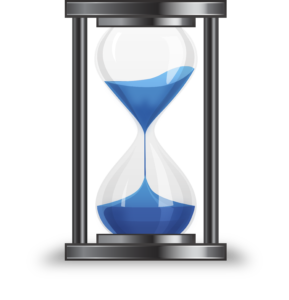While a consistent daily routine for practice is best, there are going to be days that the schedule is just thrown out the window. It's during those times that families need to get a little more creative in when their child can practice.
1. Practice BEFORE school.
I was my families alarm clock when I was taking lessons. And let me tell you, I had to wake up early if I was going to get practice in before school. I got ready for school first so I would be more alert and awake when I went to the piano to practice. I was usually involved in extra-curricular activities after school, so by the time I got home I was very glad that I already had my practicing done. If families can swing it, before school practicing is really an ideal time.
2. Practice during dinner prep, clean up or chores.
If given the choice to help with dinner, setting the table, washing dishes and other chores OR practicing, most students would choose to spend some time on their instrument. This is actually a win-win time because everyone can listen and give encouraging remarks during this practice time.
3. Practice at another location.
On occasion practicing at home is just not possible. So that is when you really need to get creative. School, hotels, music stores, neighbors are some possible places you can find a piano. Of course, be sure to get permission first! I've even seen a teacher share a picture of her student taking a keyboard to the park and practicing on it during her brothers soccer game. I've had students on a long trip bring a keyboard and practice in their car, or on the iPad (Piano Maestro is awesome for this!). Another student told me recently that he has "ghost" practiced a piece he was performing soon on his desk and lap at school. Whatever works, right? Creativity is what it's all about!
4. Practice Triggers.

Practice triggers is just what it sounds like. Think of something that happens on a day to day basis often and choose those as triggers. For example, commercials when watching T.V., when someone leaves a light on in a room, when they go to pick up their iPad or phone, when someone says a particular word or phrase, a particular song on the radio comes on and so on. These are all triggers. When the trigger happens, the student immediately goes to the piano and practices. This can be short interval practice or the full practice session. It's up to you.
5. 1 minute before bedtime.
There are going to be those days when you come home and there is absolutely no time for practice. Well there is ALWAYS time for 1 minute. Set a one minute timer and focus on those tough spots that need the most work. It is amazing what can be accomplished in one minute when you put your mind to it.
How about you? What are some creative times that you like to practice? Leave a comment below!












